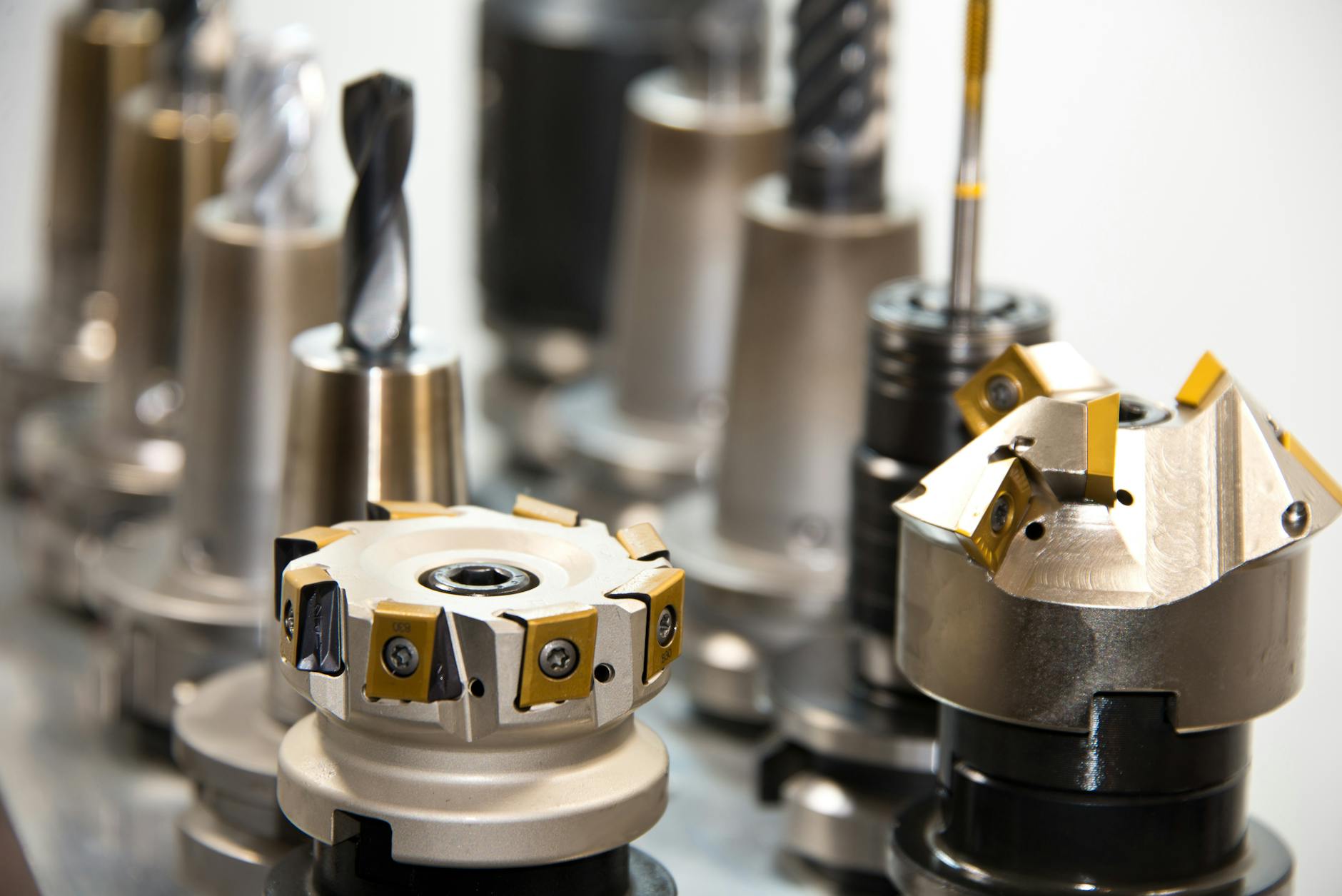Ensuring Quality: Inspection and Workholding Solutions in the Machine Shop
In the bustling world of manufacturing, precision is paramount. Every cut, every grind, every turn matters. Whether it's crafting intricate components for aeronautics or fashioning parts for automotive giants, the art of machining holds the key to creating products that stand the test of time.

The Crucial Role of Inspection in Machining
Workholding: The Silent Hero of Machining
Table 1: Article Outline
| Heading | || | The Crucial Role of Inspection in Machining | | Workholding: The Silent Hero of Machining | | The Marriage of CNC Machining and Workholding |
Frequently Asked Questions (FAQs):
1. What role does CNC programming play in modern machining practices? 2. How do workholding solutions contribute to increased productivity in a machine shop? 3. Why is inspection crucial in maintaining quality standards in metalworking processes? 4. Can you explain the significance of prototyping in the context of precision machining? 5. How has CNC machining revolutionized the manufacturing industry in recent years?